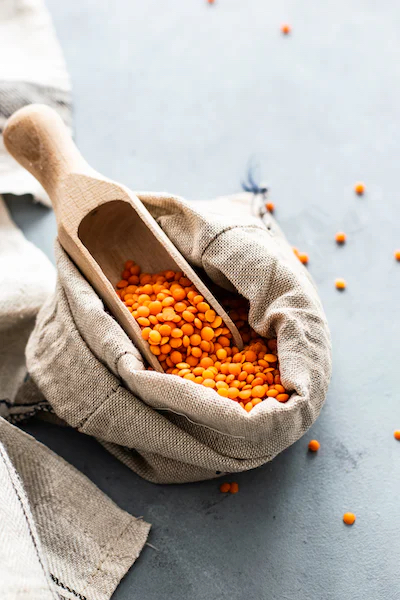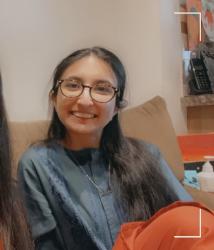
Digital Editor Halima Ahad provides background on the history of Daal and a brief recipe for making the dish
In honour of National Curry Week (which takes place from October 2nd through the 8th), I will explain the history of daal and provide a mini-recipe for my go-to Pakistani curry daal. It’s perfect because it can be adapted to fit any diet, including vegan and vegetarian diets. Daal means “to split” in ancient Indo-Aryan, and it can refer to a wide variety of dried lentils, beans, and peas in either their split or whole forms. Some studies suggest that daal originated in South Asia between 800-300 B.C.
“It can be adapted to fit any diet, including vegan and vegetarian diets.”
The most common types of lentils include channa daal (made from baby chickpeas that require peeling and splitting the kernel), urad daal (also called ‘black gram’) and featured in popular Indian dishes like dosa and idli, panchratna daal (meaning”five jewels” in Urdu), a blend of five different lentils that offers a wide range of flavours, and masoor daal (the distinctive red split lentils).
There are two different kinds of daal dishes; daal tadka and daal makhani. Ancient Indian texts refer to daal tadka, a dish prepared with yellow lentils (likely moong daal), as being served to guests at celebratory meals like Chandragupta Maurya’s wedding in 303 BC. Daal makhani, on the other hand, combines black lentils, red kidney beans, butter, and cream. The dish has its roots in Punjab, where it enjoyed great popularity during the 1947 partition (the division of India and Pakistan).
Nisha Katona is a well-known Indian chef and her one pot mango and spinach daal is one of my favourites because it highlights the dish’s inherent simplicity while giving it a modern twist.
“It highlights the dish’s inherent simplicity while giving it a modern twist.”
Ingredients
- 250g red lentils
- 1 green mango, cut into 1.5cm chunks
- 200g canned chopped tomatoes
- ½ tsp ground turmeric
- 3 tbsp vegetable oil
- 1 tsp cumin seeds
- 1 fat green chilli, sliced
- 100g runner/green beans, cut into quarters
- 1 tsp sugar
- 1 ½ tsp salt
- Juice of ½ lemon
- Small bunch of coriander chopped
For the rice
- 2 pine nuts
- 200g rice
- 2 pinches of salt
Method
- In a large saucepan over medium heat, combine the lentils, mango, chopped tomatoes, ground turmeric, and 1 litre of boiling water. Bring to a boil, then reduce to a low heat, cover the pan, and leave to cook for 15 minutes, or until the lentils are soft.
- Heat the oil in a nonstick frying pan over medium heat when the lentils are nearly done. Fry for a few seconds, or until the cumin seeds are fragrant and golden brown. Stir in the sliced chilli for 10 seconds, then add the runner beans and continue to cook, stirring constantly.
- Pour the contents of the frying pan into the pan with the lentils and mix well.
- Add a few handfuls of chopped baby spinach and stir through the sauce for a few minutes to wilt.
- Stir in the sugar, salt, and lemon juice, then spoon the daal into serving dishes and garnish with freshly chopped coriander before serving.
For the rice
- Dry fry 2 pine nuts in a saucepan until they turn brown.
- Add one cup of white basmati rice and 2 cups of water with a pinch of salt.
- Simmer until nearly dry. Turn off the heat and leave the lid on for 10 minutes.
Hungry for more? Check out these other articles from Food&Drink!
Recipe: Vegan Butter Tofu Curry | Redbrick Food&Drink

Comments